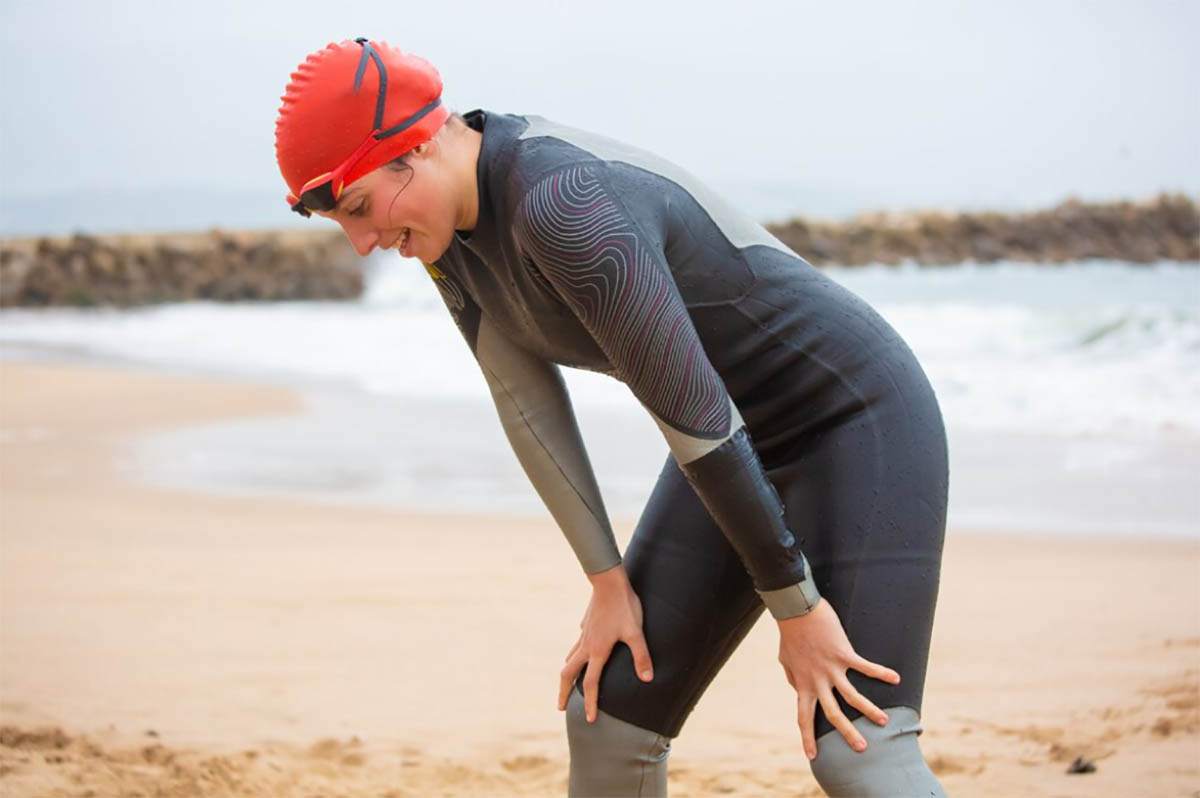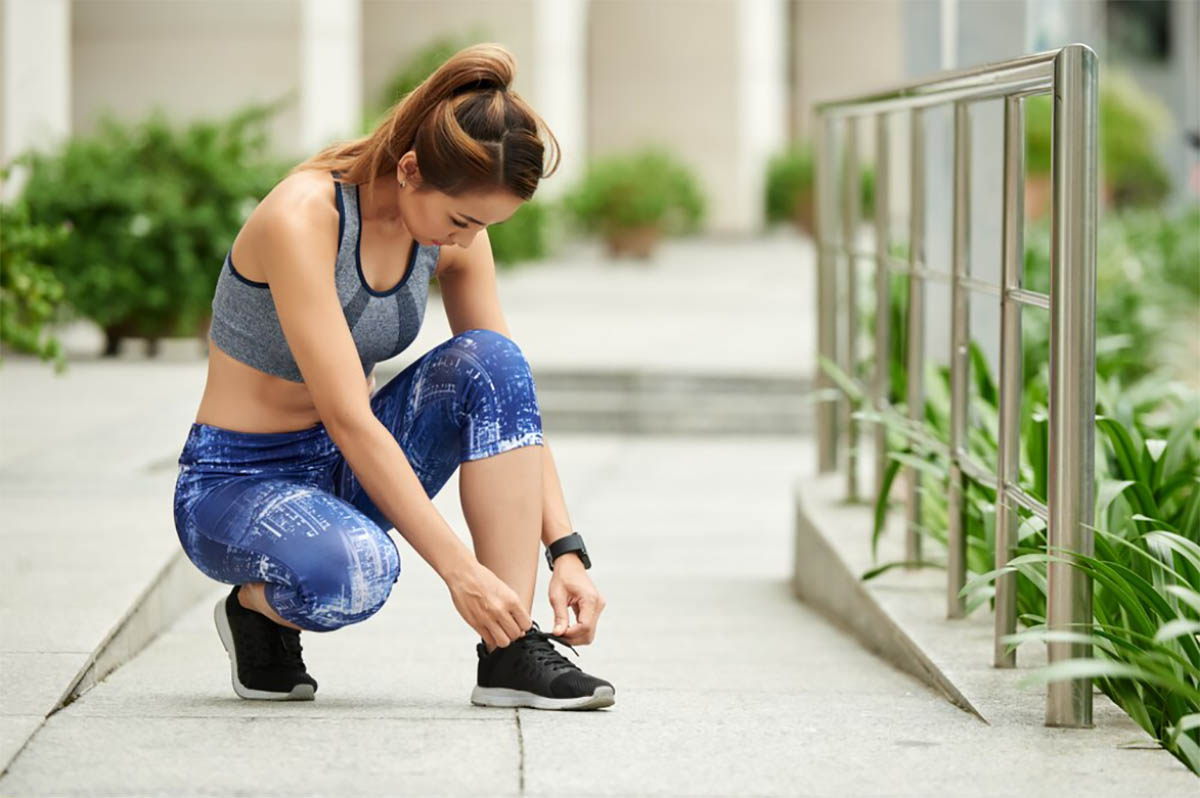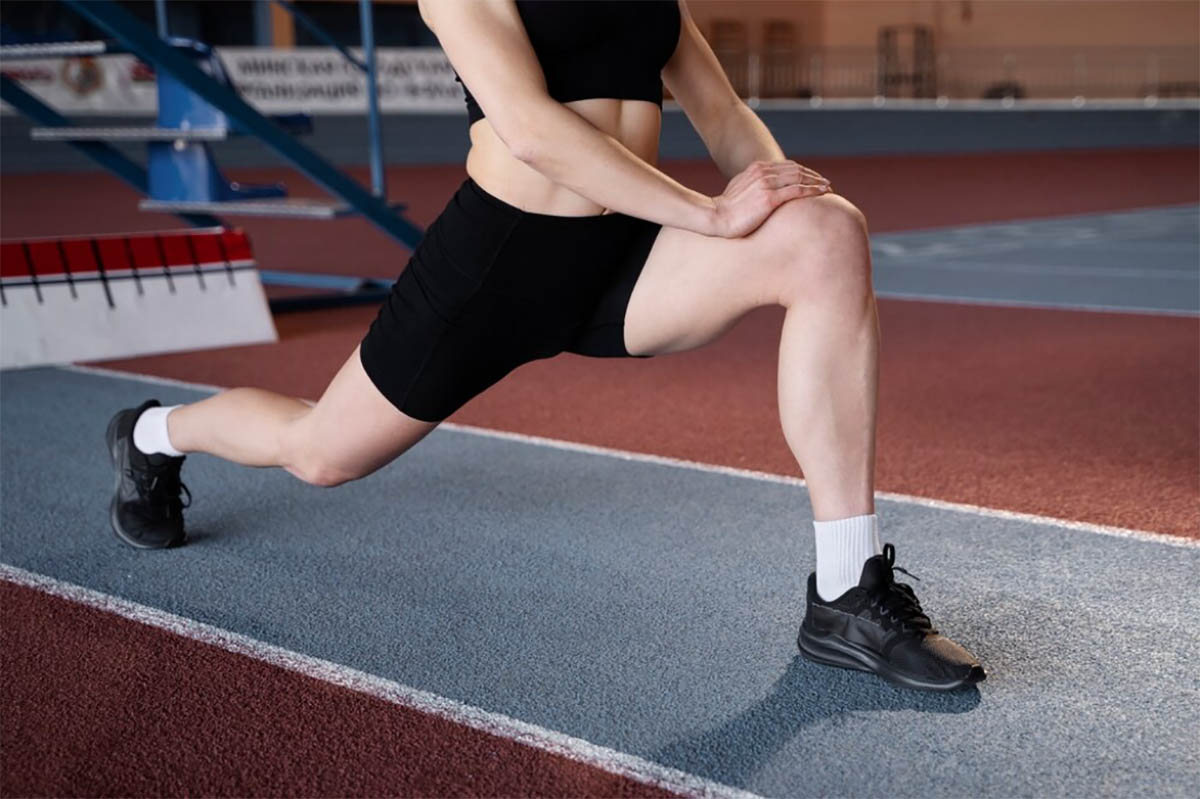Hip and Knee Pain in Athletes: Causes and Recovery Strategy

Introduction
Hip and knee pain are common complaints among athletes across various sports. These issues can significantly impact performance and quality of life if not addressed properly. In the athletic world, where every movement counts, understanding the causes and finding effective recovery strategies for hip and knee pain is crucial.
This blog highlights the common causes of hip-knee pain, their interconnection, and the best practices for recovery and pain relief.
The Link Between Hip and Knee Pain
The human body operates as an integrated system, meaning that pain in one area can often lead to issues in another. This is particularly true for hip and knee pain. The hip and knee joints work closely to provide the mobility needed for walking, running, and jumping. Due to their functional relationship, problems in the hip can lead to compensatory issues in the knee and vice versa.
For example, hip stiffness can alter walking patterns, putting additional stress on the knee, which can lead to painful conditions or injury. Understanding this link is essential for athletes, as addressing only one part of the issue may not fully resolve the underlying problem.
Common Causes of Hip and Knee Pain
Athletes in specific sports are particularly prone to knee and hip injury, notably those active in track or other running sports, such as soccer. These activities place considerable stress on the hip and knee joints, leading to various conditions that can cause discomfort and hinder performance. Understanding the common causes affecting athletes is the first step toward effective treatment and recovery.
Osteoarthritis
Osteoarthritis is a degenerative joint disease that affects many athletes, especially those in high-impact sports. This condition occurs when the protective cartilage that cushions the ends of your bones wears down over time, leading to hip and knee discomfort, stiffness, and limited range of motion. Early diagnosis and management can help slow the progression and relieve symptoms.
Sciatica
Sciatica refers to pain that radiates along the path of the sciatic nerve, which branches from your lower back through your hips and buttocks and down each leg. In athletes, it can be caused by overuse, muscle strain, or injuries that put pressure on the nerve. Common symptoms include lower back pain, hip pain, and burning or tingling down the leg.
Injury
Sports injuries such as sprains, strains, and fractures can lead to hip and knee pain. Athletes are particularly susceptible to these types of injuries due to the high physical activity levels of their sports. Proper warm-up routines, techniques, and post-activity stretching are crucial for prevention.
Bursitis
Bursitis is the inflammation of the bursae, small fluid-filled sacs that cushion the bones, tendons, and muscles near the joints. Repetitive movements or positions that put pressure on the hip and knee joints can lead to bursitis, causing joint pain, swelling, and stiffness.
Flat Feet
Flat feet or fallen arches can change the alignment of the legs, leading to hip and knee pain. Athletes with flat feet may experience uneven distribution of weight, leading to overuse injuries and strain on the hips and knees. Specialized shoes or orthotics can help correct this issue.
Recovery Strategies for Hip and Knee Pain

Effective recovery strategies are crucial for athletes dealing with hip and knee pain together. A comprehensive approach involves rest, pain management, and physical therapy.
Rest and Recovery
Rest is an important component of the recovery process. It allows the body time to heal and prevents further injury. Athletes should pay attention to their bodies and avoid daily activities that worsen their pain. However, complete inactivity can be detrimental; simple movements and exercises can aid in the recovery process.
Pain Management
Pain management may include anti-inflammatory drugs, ice packs or heat therapy, and compression. These methods can help reduce inflammation and relieve pain. It’s important for athletes to consult with a healthcare professional before beginning any pain management regimen.
Physical Therapy
Physical therapy significantly contributes to the recovery of hip and knee pain. A physical therapist can develop a customized treatment plan that includes stretching, strengthening, and range-of-motion exercises. This targeted approach helps address the root cause of the pain and prevents future injuries.
Rehab Exercises to Relieve Hip and Knee Pain

Learning how to relieve hip and knee pain is crucial for a successful recovery. A well-structured rehabilitation program can significantly aid in the recovery from hip and knee pain. The following exercises are designed to improve flexibility, strengthen the surrounding muscles, and reduce the strain on the hips and knees. Remember, it’s crucial to perform these exercises with proper form and consult with a healthcare professional before starting any new exercise regimen.
Leg Swings
Leg swings help improve hip flexibility and mobility. Stand sideways next to a wall, lightly holding it for balance. Swing the leg closest to the wall back and forth in front of you. Perform 15-20 swings and then switch legs. This exercise warms up the hip muscles and prepares them for more intensive physical activities.
Squat
Squats strengthen the muscles around the knees and hips. Stand with your feet shoulder-width apart. Bend your knees and lower your body as if sitting back into a chair, keeping your back straight and knees behind your toes. Aim for three sets of 10-15 repetitions.
Hip Circles
Hip circles enhance hip mobility. Stand with your feet together, hands on your hips. Move your hips in a circular motion, making as wide a circle as possible. Perform 10 circles in each direction.
Hip Rotations
Hip rotations target the outer hip muscles. Lie on your side with legs stacked and knees bent at a 90-degree angle. Keeping your feet together, lift the top knee as high as possible without moving your pelvis, then lower it. Perform 10-15 repetitions on each side.
Knee Bend
Knee bends help maintain knee flexibility. Sit on a chair and slowly bend your knee as much as possible. Then slowly straighten it out again. Repeat 10-15 times for each leg.
Psoas Stretch
The psoas stretch targets the hip flexor muscles, important for hip and knee health. Kneel on one knee (use a cushion for comfort), with the other foot in front and knee bent at 90 degrees. Push your hips forward until you feel a stretch in the front of your hip. Hold for 30 seconds, then switch sides.
Chair Stand
Chair stands strengthen the thighs and buttocks. Sit in a chair with your feet flat on the ground. Without using your hands, stand up and then sit back down slowly. Perform three sets of 10-15 repetitions.
Hip Abduction
Hip abduction strengthens the outer thigh and hip muscles. Lie on your side with legs stacked. Lift your top leg towards the ceiling, then lower it. Perform 10-15 repetitions on each side.
Knee Lifts
Knee lifts strengthen the thighs and improve knee mobility. Sit in a chair with your feet flat on the ground. Lift one knee towards your chest without leaning backward. Lower it and repeat with the other leg. Do 10-15 repetitions for each leg.
Quadriceps Exercise
The quadriceps exercise strengthens the front thigh muscles, crucial for knee support. Lie on your stomach, and slowly raise one leg, keeping it straight. Hold for a few seconds, then lower it. Perform 10-15 repetitions on each leg.
Banded Walks
Banded walks target the hip abductor muscles. Place a resistance band around your lower thighs. Keeping the band taut, step to the side without letting your feet touch. Walk 10 steps in one direction and then 10 steps back.
Bridging
Bridging strengthens the lower back, buttocks, and thighs. Lie on your back with knees bent and feet flat on the ground. Lift your hips towards the ceiling, forming a straight line from shoulders to knees. Hold for a few seconds, then lower. Perform 10-15 repetitions.
Step-up
Step-ups strengthen the muscles around the knee and hip. Find a step or bench. Step up with one foot, bringing the other to meet it. Step down and repeat, leading with the other leg. Perform 10-15 repetitions for each leg.
Butterfly Pose
The butterfly pose stretches the inner thighs and hips. Sit with the soles of your feet together, knees bent out to the sides. Gently press your knees down with your elbows. Hold the stretch for 30 seconds.
Hamstring Stretch
Hamstring stretches alleviate tension in the back of the thigh, benefiting the knee. Sit on the floor with one leg stretched out, and the other bent so the sole of the foot touches the inner thigh of the stretched leg. Reach towards the toes of the stretched leg. Hold for 30 seconds and switch legs.
Knee Extensions
Knee extensions help strengthen the quadriceps. Sit in a chair with your feet flat on the ground. Extend one leg at a time, straightening it out in front of you. Hold for a few seconds, then lower it. Perform 10-15 repetitions on each leg.
Hold the Stretch for 10 Seconds
For all stretching exercises, ensure to hold each stretch for at least 10 seconds to maximize flexibility and relief.
Repeat Three Times
Repeat each exercise or stretch three times to ensure the muscles are adequately worked and flexibility is improved.
Conclusion
Managing hip and knee pain is essential for athletes to maintain performance and overall well-being. Understanding the connected pain between the two, identifying what causes hip pain and knee pain at the same time, and implementing effective recovery strategies and exercises can greatly relieve pain and prevent future injuries. Remember, consistency is key, and professional guidance from healthcare providers or physical therapists is invaluable in creating a personalized and effective recovery plan.
If you seek expert guidance and personalized treatment for your hip and knee pain, Change the Game Performance Therapy is here to help, especially if you’re dealing with specific challenges such as hip pain and golf. We specialize in tailored approaches for golfers and athletes facing hip and knee challenges, ensuring your unique needs are met. Take the first step towards a pain-free and active lifestyle; don’t let discomfort hinder your performance any longer.
FAQs
What causes knee and hip pain?
Knee and hip pain can be caused by a wide range of factors, including osteoarthritis, injury, sciatica, bursitis, and structural issues like flat feet. Athletes are particularly susceptible due to the repetitive and high-impact nature of their activities.
How do you stop knee and hip pain?
Stopping knee and hip pain involves a combination of rest, pain management, physical therapy, and targeted exercises. Addressing the root cause of the pain, whether it’s an injury or an underlying condition, is essential for long-term relief.
How can I exercise with bad knees and hips?
Exercising with bad knees and hips requires a careful selection of low-impact activities and simple exercises that strengthen the muscles around the joints without worsening the pain. Swimming, cycling, walking, and specific rehab exercises, can be beneficial. Always consult with a medical professional before starting a new exercise routine.
